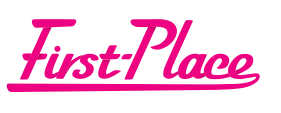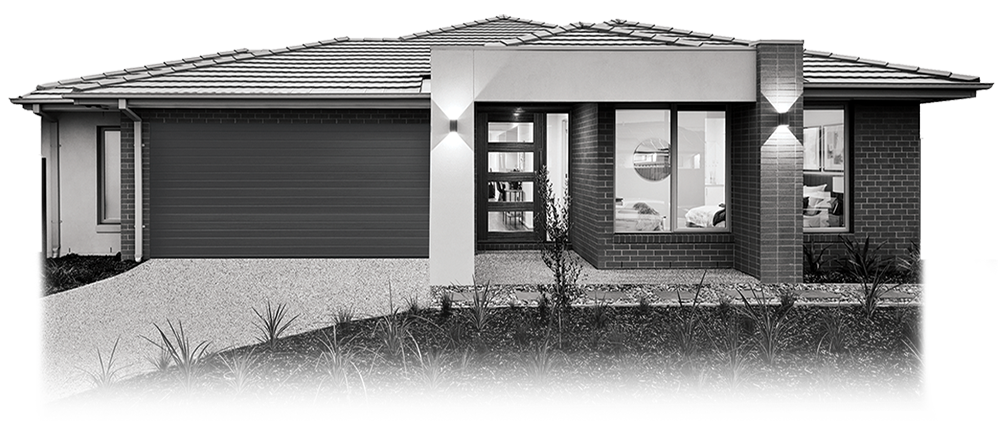ONE: SORTING OUT YOUR FINANCE
Buying a home is a big financial commitment. So, it’s important to get independent advice. The Victorian government has free online resources to help. You can also get advice from your bank, mortgage broker or financial planner.
No first home buyers guide would be complete without finance tips. To calculate your costs, consider:
- total sum of the loan
- monthly repayments
- what you can get a pre-approval for
- other cost (such as land transfer duty)
- the deposit amount
Your pre-approval is the best indication that your lender finds your financial situation acceptable. It is an important step to take before you go house hunting or make an offer on a property, as it gives a general indication on your current financial situation and what other expenses that may influence your budget.
Tracking your income, alongside your regular living expenses, such as food, travel, entertainment, education, rent, utilities and other costs will help you calculate what you can afford to pay in a mortgage each month.
Additional costs may include:
- land transfer duty, previously known as stamp duty, a government tax on your property purchase
- conveyancing, legal contracts that cover the sale of the property and transfer of title
- insurance, such as lenders mortgage insurance, a premium if you borrow more than 80% of your home’s value
Some first home owners already have a deposit in savings. Whereas others will need to spend time living on a budget and saving money towards the deposit. An ideal savings goal for a house deposit is 10-20% of the purchase price of the house. Some lenders will accept a 5% deposit, with conditions.
The larger deposit you save, the more you are able to demonstrate to your bank or lender your ability to serve the loan.
For more information, you can read about what we do with your deposit.
TWO: GETTING GOVERNMENT GRANTS
You may be eligible for a First Home Owner Grant of $10,000 in both metro and regional Victoria.
To be eligible, you (or you and your spouse) must:
- pay less than $750,000 for the home
- buy a totally new home with no previous owner
- have never received this grant or owned a home in Australia before
- are an Australian citizen or permanent resident
- be over 18
Typically, the lender will lodge the first home owners grant application on your behalf.
For more information, visit the on Victorian Government website to learn more about the First Home Owner Grant incentive program.
THREE: CHOOSING WHERE TO LIVE
There’s an old saying in real estate: location, location location!
Location means different things to different people. Some like being in the city suburbs, others prefer regional areas. It depends on:
- your travel time to work or other commitments
- nearby amenities like schools, parks and facilities
- access to public transport, freeways and the airport
- distance from family and friends
Your budget is a huge factor in choosing where you can live. Prices vary greatly between areas in Victoria, from inner city homes to suburban estates to regional hubs. Plus, there’s the type of home you purchase, such as a freestanding house, apartment or unit.
Consider the potential resale of your home. If you buy in a location that’s well served with schools, transport and amenities, it’s likely to have good demand if you decide to sell later.
FOUR: BUYING LAND
Considering buying land? Here’s what you need to know.
Titled land has an official record of who owns it. This means that there is an existing Certificate of Title with the Land Registry. If your land is titled, you are good to start building a property on it.
Untitled land is yet to be registered land that is sold prior to council registration. New estates or new land releases offered by property developers may include untitled land.
You don’t completely own the lot until there is a Certificate of Title in your name. The developer will likely register the land on your behalf.
When you buy a property that is already owned, you’ll have to pay a tax to transfer ownership of the land. For FHB, whether you’re buying an existing property or buying/building from scratch, there are exceptions for land transfer duty in Victoria if:
- all purchases of the property meet the First Home Owners Grant eligibility criteria
- your home contract is valued less than $600,000
This means as a FHB, you don’t have to pay stamp duty. If you aren’t, you may need to pay it based on the price of your contract.
When you buy land, there are costs involved to make it suitable for building. These site costs can include earthworks, engineering, soil testing, council permits, rock or tree removal, drainage and others.
Site costs vary depending on the suitability and location of the land. For example, a sloping block may need some earthworks and drainage adjustments to ensure it’s safe to build on.
Many first home owners choose to buy a house and land package, because of the benefits in savings and convenience. If you prefer the convenience of getting both a house and a block of land simultaneously, consider getting a house and land package in an area that best suits you.
FIVE: BUYING A HOUSE
Here’s the exciting part: buying a house. There’s plenty of options to consider.
This means buying a home from a builder that is yet to be built. Buying off-the-plan can be more affordable, but you need to factor in the time it takes to build a house amongst other factors. A concession for FHB is available if:
- the off-the-plan value of your property from the contracted price, (after deducting the construction costs incurred on or after the contract date) must be $750,000 or less.
Many buyers love the idea of building a home to their own requirements. Having the freedom to choose the house design, colours and upgrades that suit you and your family is very appealing. There are a multitude of home designs to choose from, so the best way to find the right home design for you is to visit display homes and play with online tools, such as our home configurator. Gather sales brochures to get an indication of prices, which can vary. You can find very affordable home designs or splash out on custom features and upgrades. Most buyers start with a basic design and selectively choose upgrades to suit their taste and budget.
The base price is the lowest price to build the home, with no upgrades. But if you choose to upgrade your flooring, fixtures or fittings, you’ll be quoted for extra costs that aren’t included in that base price. The base price typically has fairly standard fixtures and fittings, so upgrades add a considerable amount to your budget. Take notes of standard inclusions and the various packages that might be available.
You may need to cover site costs, as well as connecting amenities such as electricity, gas and plumbing. There may be land costs and landscaping charges, as well as council fees for driveways, or levies for bushfire or flood-prone areas.
You can lock in very generous promotions, gaining thousands of dollars in extras and upgrades with enticing promotions. They may be limited or come with restrictions, so read the fine print to determine which promotions are right for you.
Your builder will give you a detailed estimate of the costs for your chosen home design (and land, if you choose a package). This will include the base price costs, plus any promotions, upgrades and council charges, listed separately. You can then adjust selections according to your budget. Once it’s finalised, your builder will give you a detailed preliminary quotation, including a home design concept sketch.
Want to check out different home designs and features? Our configurator tool allows you to choose between different home layouts, upgrades, facades and colour palettes, so you can make the decisions that best suit your range and budget.
SIX: SIGNING A CONTRACT
If you buy a house and land package, you will typically have two contracts. One covers the sales of the land and the other covers the building.
You will typically need to produce:
- photo ID such as drivers licence or passport
- land title/section32, if you have already purchased land
- financial documents to demonstrate you have financial pre-approval from your bank or lender
Some elements of contracts can be confusing, so take your time to read them carefully, so that you completely understand your obligations.
Once you have signed your contract, the builder will commence the exciting stage of building your home. Timeframes can vary, so your builder will advise you what to expect. You will still be amazed at how it all comes together.
Before you know it, you’ll have the keys to your dream home in your pocket. For more information on our building process, view our brochure that includes a step-by-step guide to the buying and building process.
If you’d like to learn more about the amazing benefits of house and land packages with First Place, contact our sales team for an appointment. We have a great range of affordable, stunning home designs in some of the most enviable locations in Metro Melbourne and regional Victoria, including Geelong, Ballarat, Bendigo, Sale, Shepparton and Traralgon/Drouin. Plus our 24 hours contracts, 10 year structural warranty and 3 month maintenance warranty ensures the best quality homes for any buyer.
Our friendly team would love to make your First-Place dreams a reality. Fill out the form below to enquire today!
ENQUIRE NOW
Contact us and start building your first-place today!



